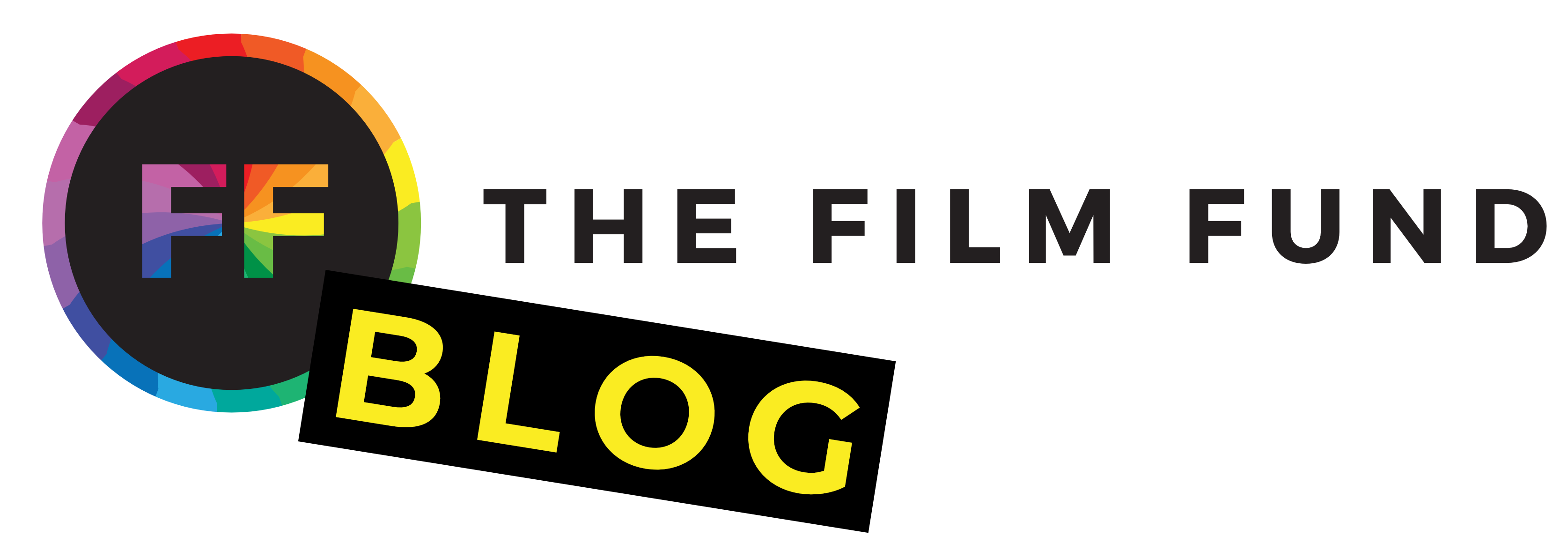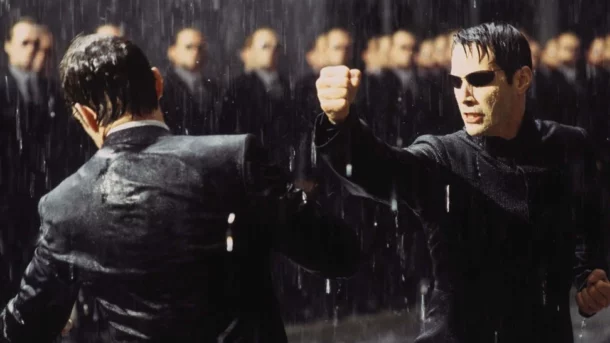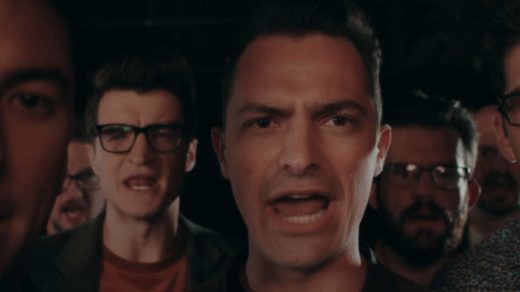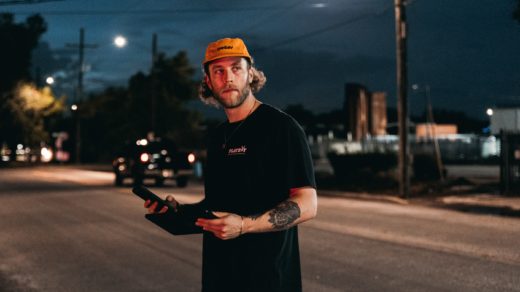Choreography in movies isn’t just about dance numbers. It’s a multifaceted art form that involves meticulously planning and coordinating movements, whether it’s actors performing a romantic tango, superheroes engaging in epic battles, or characters navigating complex action sequences. Choreography in movies is the backbone of visually captivating storytelling.
You might be wondering why choreography matters so much in the world of film. Well, imagine your favorite action movie without those heart-pounding combat scenes, or a musical devoid of its dazzling dance routines. Choreography not only adds spectacle and excitement to a film but also helps convey emotions, build tension, and tell a story within the story.
We’re going to explore the intricate world of choreography in movies, covering everything from how it’s meticulously planned to how it’s executed flawlessly on screen. We’ll also delve into its immense impact on a film’s success and what the future holds for this art form in the ever-evolving landscape of cinema. So, buckle up as we embark on a journey to unlock the secrets of choreography in movies and discover the artistry that brings our favorite films to life.
The Art of Choreography
What is Choreography in the Context of Filmmaking?
Choreography in movies is the art of planning and organizing physical movements within a film to achieve a specific artistic and storytelling goal. It encompasses various forms, such as dance sequences, fight scenes, and stunts, all meticulously designed to engage and immerse the audience. Whether it’s a thrilling car chase or a heartwarming dance number, choreography plays a pivotal role in capturing the essence of the scene.
Different Types of Choreography in Movies
Choreography isn’t limited to one style or genre. In the world of film, it takes on many forms, adapting to the unique requirements of each story. Think about the memorable dance numbers in musicals, where every step is carefully choreographed to the beat of the music, or the intense fight scenes in action movies, where the movements are meticulously planned to create a breathtaking spectacle. Stunts, too, are a form of choreography, with every jump, flip, or fall carefully orchestrated for safety and visual impact.
Examples of Iconic Choreographed Scenes in Film History
To truly appreciate the art of choreography in movies, we need to turn to the classics and modern masterpieces that have set the standard. From the graceful elegance of Fred Astaire and Ginger Rogers dancing their way into our hearts in “Top Hat” to the gravity-defying action sequences in “The Matrix,” choreography has the power to leave a lasting impression on moviegoers. These iconic scenes not only showcase the artistry of choreography but also illustrate how it can elevate a film to greatness.
As our journey into the world of choreography in movies continues, we’ll uncover the secrets behind how these mesmerizing scenes are meticulously planned and executed to create movie magic.
The Planning Stage
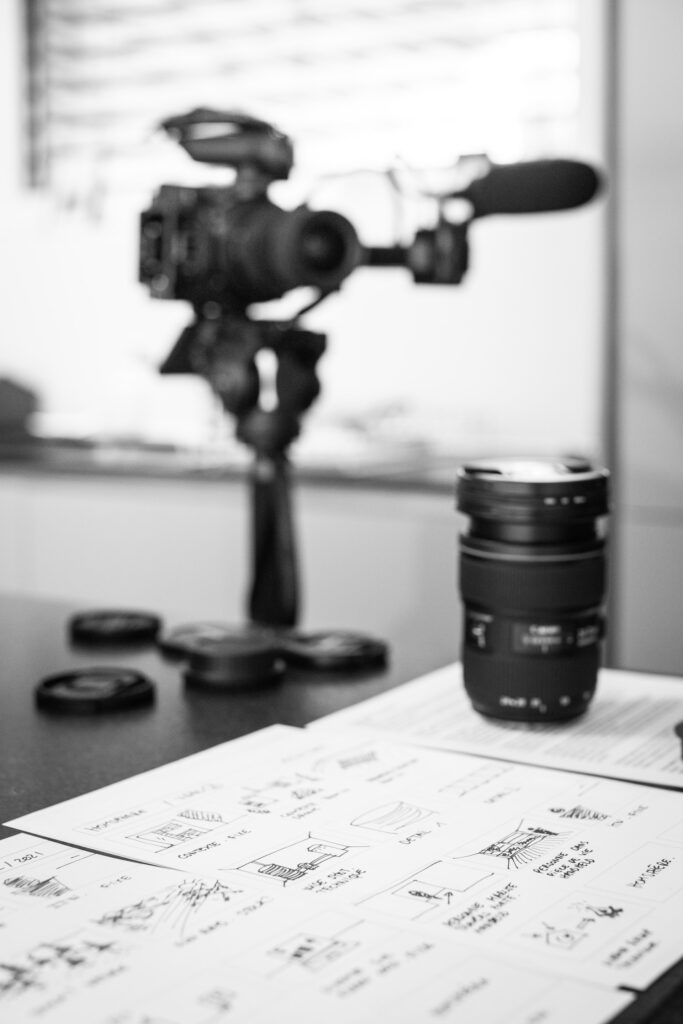
The Role of the Choreographer
At the heart of any well-choreographed scene is a skilled choreographer. They are the visionary artists who bring movements to life on the screen. Choreographers work closely with the director to understand the film’s overall vision and then devise the choreography that complements the story. Whether it’s a romantic pas de deux or an intense sword fight, the choreographer is the driving force behind translating emotions into movements.
Collaborative Efforts with the Director and Cinematographer
The success of choreography in movies relies heavily on effective collaboration. The choreographer works hand in hand with the director, cinematographer, and other key members of the creative team. They ensure that the choreography aligns with the director’s vision and that the camera captures the movements in a way that enhances the storytelling. The result is a cohesive and visually stunning sequence that seamlessly fits into the narrative.
Script Analysis and Visualizing Choreography
Before the first dance step or punch is thrown, the choreographer delves into the film’s script. They analyze the characters, their motivations, and the emotional arcs to create movements that resonate with the audience. Visualizing the choreography involves imagining how the characters’ actions will play out on screen, considering camera angles, lighting, and other technical aspects that will bring the choreography to life.
Storyboarding and Shot Planning
One of the essential tools in choreography planning is storyboarding. Just like a comic strip, storyboards outline the sequence of movements and camera shots. This step allows the entire team to visualize the choreography in detail before the actual filming takes place. It’s a critical phase in ensuring that the choreography aligns with the film’s overall aesthetics and storytelling.
Now that we’re beginning to unveil the intricacies of choreography in movies, we’ll continue our journey into the execution of these meticulously planned sequences. From assembling the right talent to the intense rehearsals and overcoming challenges on set, you’ll soon discover the dedication and craftsmanship that go into crafting the unforgettable scenes that grace our screens.
The Execution
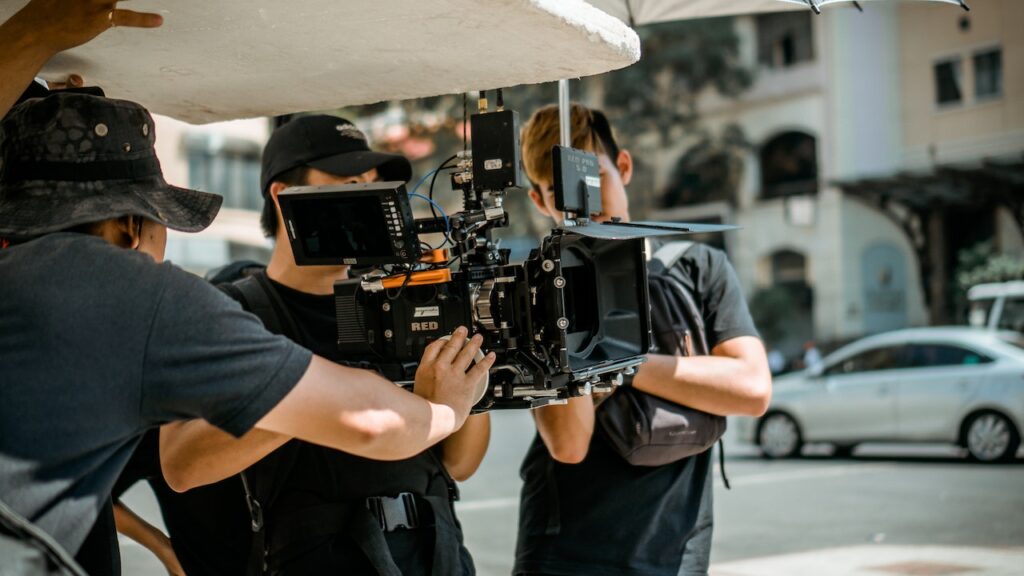
Assembling the Right Talent
One of the critical elements in the execution of choreography in movies is the selection of the right talent. This often involves actors, dancers, stunt performers, and sometimes even a mix of all three. Casting the right individuals with the physicality and skills required for the choreography is a pivotal step. Their dedication and ability to embody the characters are what make the choreography authentic and captivating.
Rehearsals and Practice
Behind every mesmerizing choreographed sequence is countless hours of rehearsal and practice. It’s where the choreographer works closely with the talent to refine movements, synchronize timing, and perfect every detail. The process is not only physically demanding but also mentally rigorous, requiring a strong commitment to achieve precision.
Overcoming Challenges During Filming
While the choreography may look seamless on screen, the reality of shooting these sequences can be quite challenging. Factors like weather, location, and technical issues can throw a wrench into the plan. The ability to adapt and overcome such challenges is a testament to the dedication and professionalism of the entire team. Movie-making is an unpredictable endeavor, and the ability to adapt is key to a successful outcome.
The Use of Camera Angles and Editing to Enhance Choreography
Choreography isn’t just about what the performers do but also about how it’s captured. The cinematography and editing play a crucial role in bringing out the best in the choreographed sequences. Creative camera angles, close-ups, slow-motion, and seamless editing all contribute to the overall impact. It’s a harmonious blend of choreography and cinematography that results in a visually stunning and emotionally resonant scene.
As we delve deeper into the captivating world of choreography in movies, we’ll continue to explore the dedication and artistry that breathe life into these meticulously planned sequences.
Behind the Scenes
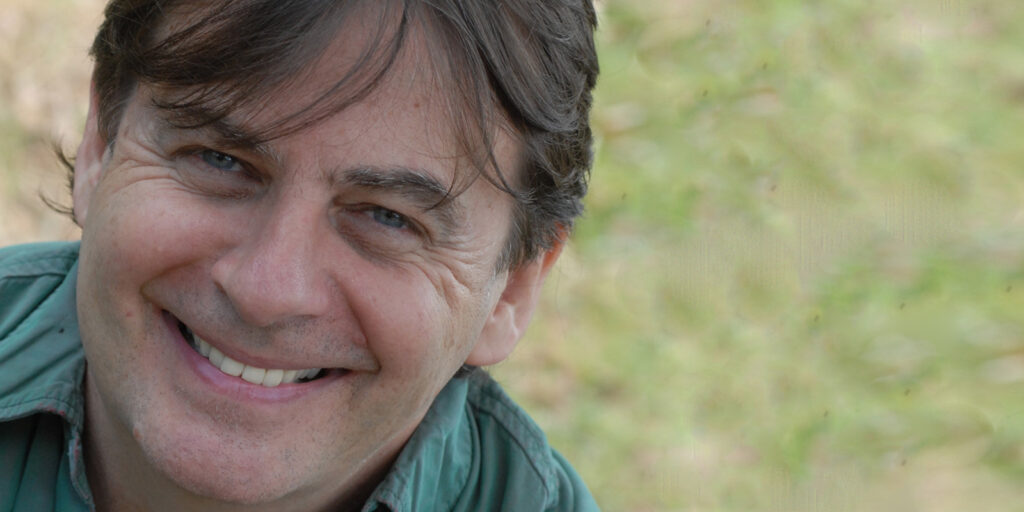
Interviews with Professionals in the Industry
To gain a deeper understanding of the art of choreography in movies, we often turn to the experts, like John O’Connell. Interviews with choreographers, directors, and performers offer valuable insights into their creative processes, challenges they face, and the thrill of bringing choreography to life. These conversations provide a unique glimpse into the dedication and passion that drive the world of choreography in film.
Anecdotes from Renowned Choreographers and Filmmakers
Behind every choreographed sequence, there are countless stories of hard work, inspiration, and occasionally, amusing mishaps. Renowned choreographers and filmmakers often share their anecdotes, shedding light on the humorous and unexpected moments that occur during the filming of choreographed scenes. These anecdotes provide a human touch to the artistry and remind us that even in the glitzy world of Hollywood, creativity comes with its share of surprises.
Insights into the Creative Process
The creative process behind choreography in movies is a blend of art and science. Choreographers use their knowledge of movement, emotions, and storytelling to craft sequences that resonate with the audience. Understanding the intricacies of this process allows us to appreciate choreography’s role in shaping the narrative and evoking emotions.
Now that these behind-the-scenes details have been uncovered, it becomes evident that choreography in movies is more than just coordinated movements; it’s a form of storytelling that touches the hearts and minds of the audience, and the impact it has had on cinema is not to be understated.
The Impact of Choreography on Movie Success
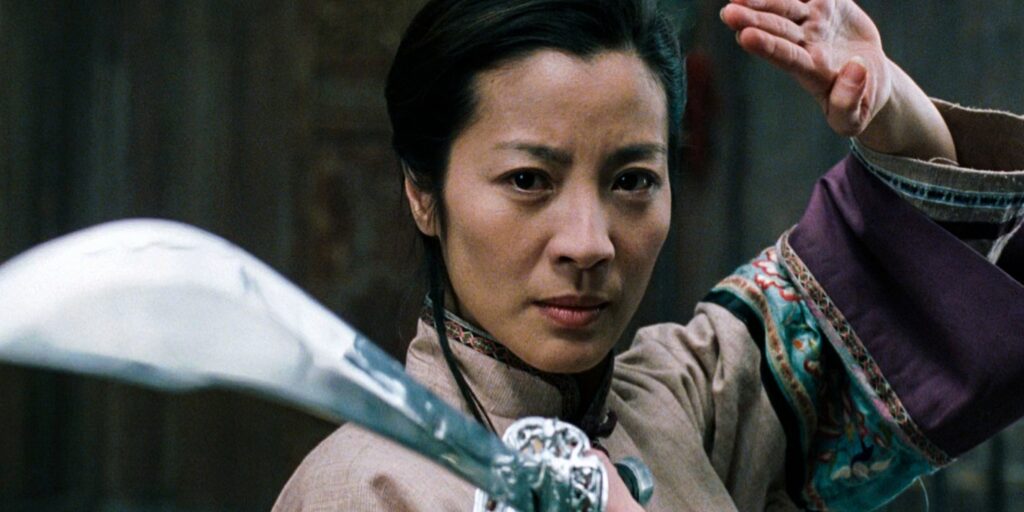
How Well-Executed Choreography Can Elevate a Film
Picture this: a breathtaking dance number that leaves you in awe, an intense fight sequence that keeps you at the edge of your seat, or a heartwarming moment that brings tears to your eyes. These are all instances where well-executed choreography enhances the emotional connection between the audience and the characters on screen. It’s the magic of choreography that can turn a good film into a great one, leaving a lasting impression.
Audience Engagement and Emotional Connection
Choreography is not just about movements; it’s about emotions. When choreography is executed with precision and artistry, it has the power to draw viewers into the story, making them feel as if they’re a part of the experience. Whether it’s the excitement of an action sequence or the romance of a dance, choreography allows us to connect with the characters on a deeper level, evoking emotions and empathy.
Case Studies of Films Where Choreography Played a Pivotal Role
To understand the profound impact of choreography on movie success, we can look at specific case studies. Films like “Dirty Dancing,” where dance is at the heart of the story, or “Crouching Tiger, Hidden Dragon,” known for its breathtaking martial arts choreography, exemplify how choreography can become the defining feature of a movie. These films not only achieved critical acclaim but also resonated with audiences worldwide.
As we continue to peel back the layers of choreography in movies, it’s evident that this art form is not just a backdrop but a key player in the cinematic landscape. Its ability to captivate, engage, and elevate films to new heights makes it an integral part of storytelling.
In Conclusion
Choreography is the hidden gem that enriches our cinematic experiences. It’s not just about dance steps, fight sequences, or stunts; it’s about emotions, storytelling, and creating moments that stay with us long after the credits roll. It’s the fusion of art and technology, tradition and innovation, and it’s what transforms a movie into a memorable journey for the audience.
As film enthusiasts, we’re fortunate to witness the evolution of choreography in movies, and we eagerly anticipate the stunning spectacles and heart-pounding moments that await us in the future. Whether it’s a timeless classic or a cutting-edge blockbuster, choreography remains at the heart of the magic that unfolds on the silver screen.
If you’re a blossoming filmmaker who wishes they could get their next project off the ground, then you need to enter our film funding contest! It’s simple. Submit one sentence that explains the premise of your short film and what you need the funding for and you could win up to $10,000 in funding. No full script required. Go to our sign-up page now to learn more and enter!
